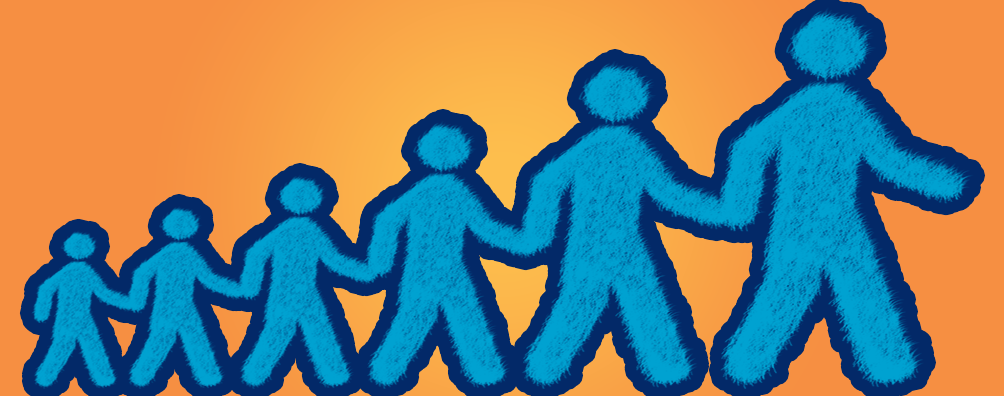We have watched the evolution of DTF and how much things have changed since our early assessment of DTF. Starting off, we thought it was a great addition because we were able to get more orders outside of DTG. However, we were still mindful of that fact that DTF was still in its inception. Willing to learn and adapt with the new technology at the time, we grew very fond of DTF printing. Time has passed, and truthfully we have slowly converted from a DTG company to one of DTF in the last year; one reason being that DTF is now a major driver in sales.
Since its development, there have been great improvements in DTF printing and transfers as a whole. They feel less thick or plastic-like and have appealed to more and more customers. Plus, DTF allows us to take on more random or uncommon jobs. Such as leather binders, insulated coats, canvas shoes, backpacks, windbreakers, tablecloths, table runners and a great deal more! Another facet of DTF printing that also attracts customers is being able to order DTF sheets only to transfer independently. DTF now benefits more than just one type of customer.
There has also been great appreciation for its efficiency from a supplier’s perspective. With DTF production there is less risk of potential errors in the end result of an order. Most mistakes can be caught before the print is even transferred onto the garment, meaning less waste. DTF also requires less ink when printing, allowing for resources to last longer than expected, in comparison to DTG printing. The DTF printing method is quite easy to grasp, making it easier to teach others. Furthermore, the evolution of DTF has proven to be remarkably productive and effective.
Direct to film printing has been able to evolve so much in such a short amount time. We are hopeful that there is further growth and greater improvements in the DTF printing method.

